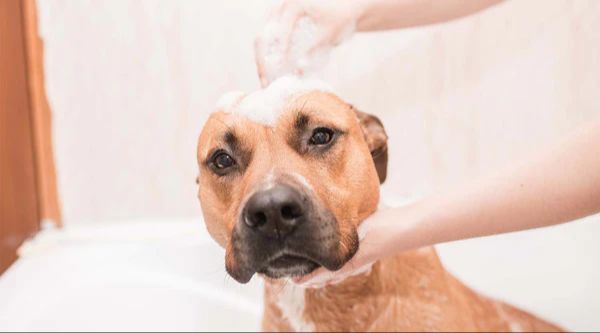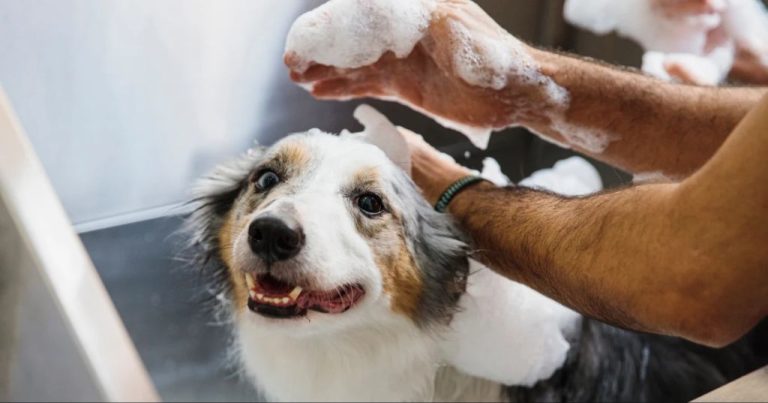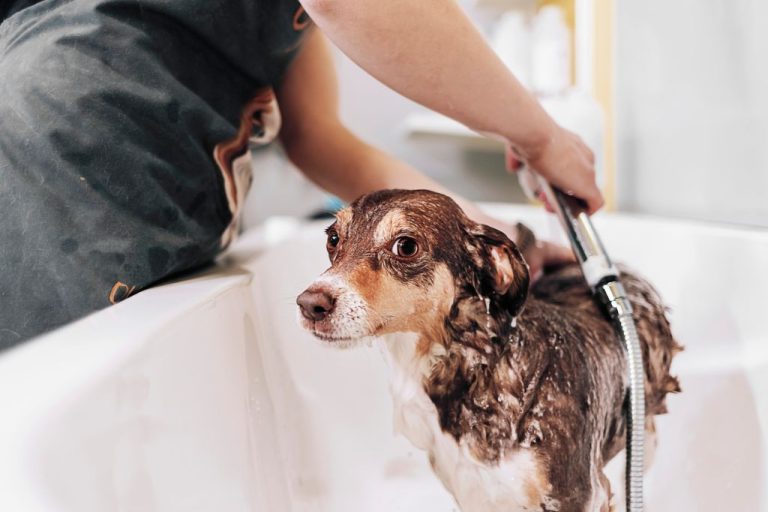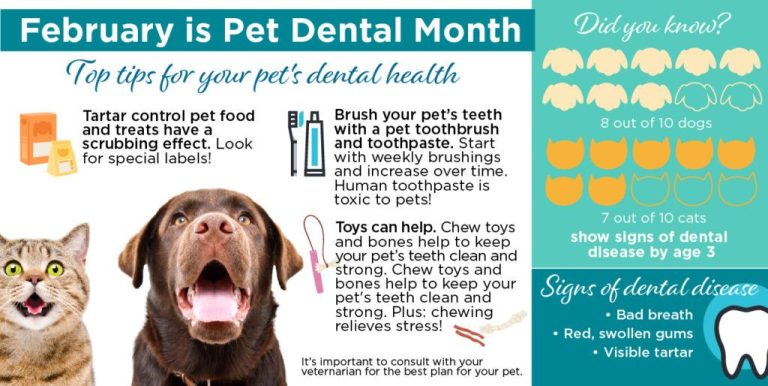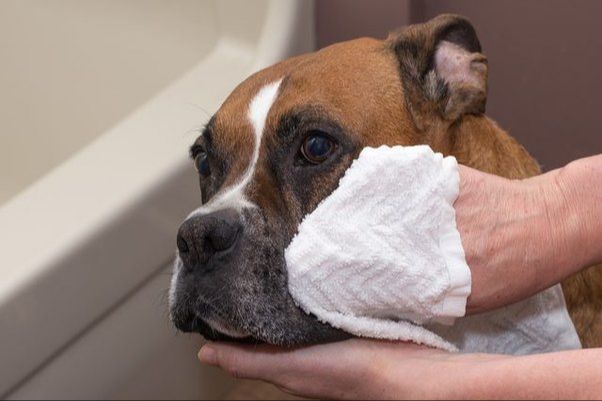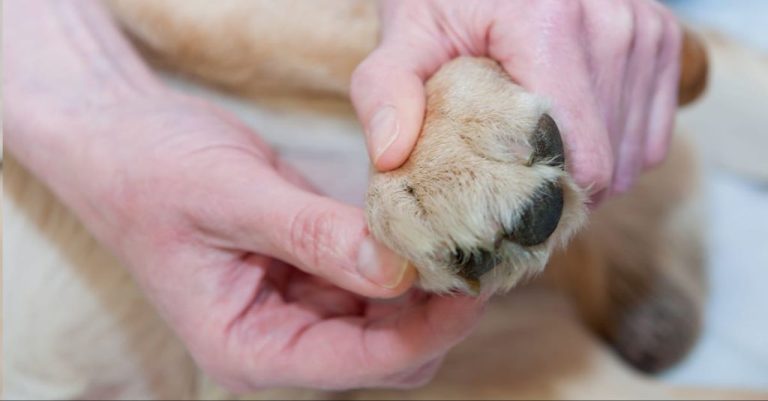Brushing Your Dog’S Coat: Best Practices For Every Breed
Regular brushing and grooming is essential for keeping a dog’s coat healthy and free of mats and tangles. Proper brushing stimulates blood circulation to the skin, distributes oils, removes dirt and loose hair, and allows you to examine the dog’s skin for any abnormalities. It also strengthens the bond between owner and pet through this enjoyable bonding activity.
How often you should brush depends on your dog’s coat type. Short-haired breeds may only need brushing once a week, while long-haired dogs often require daily grooming. Using the right brush for your dog’s coat is also key – slicker brushes work well for short coats, while pin brushes are better for long fur. Always brush in the direction of hair growth and pay attention to sensitive areas.
This guide will provide best practices for brushing dogs of all coat types and breeds. Proper technique and consistency will keep your dog looking and feeling their best.
Brushing Frequency
How often you should brush your dog depends on their breed, coat type, age, and season. In general, short-haired breeds only need brushing once a week. Medium-haired breeds benefit from brushing 2-3 times per week. Long-haired breeds often require daily brushing 1.
Puppies have soft coats that don’t require much brushing. You can start brushing them 1-2 times per week as they get older. Senior dogs may need extra brushing as their coats can become dry and brittle with age 2.
During shedding season in spring and fall, all dogs benefit from more frequent brushing to remove loose hair. Certain breeds like German Shepherds and Labradors are heavy shedders that need daily brushing when they “blow” their coat 3.
Brushing Tools
There are several types of brushes and combs to choose from for grooming your dog’s coat, each with benefits for different coats and purposes:
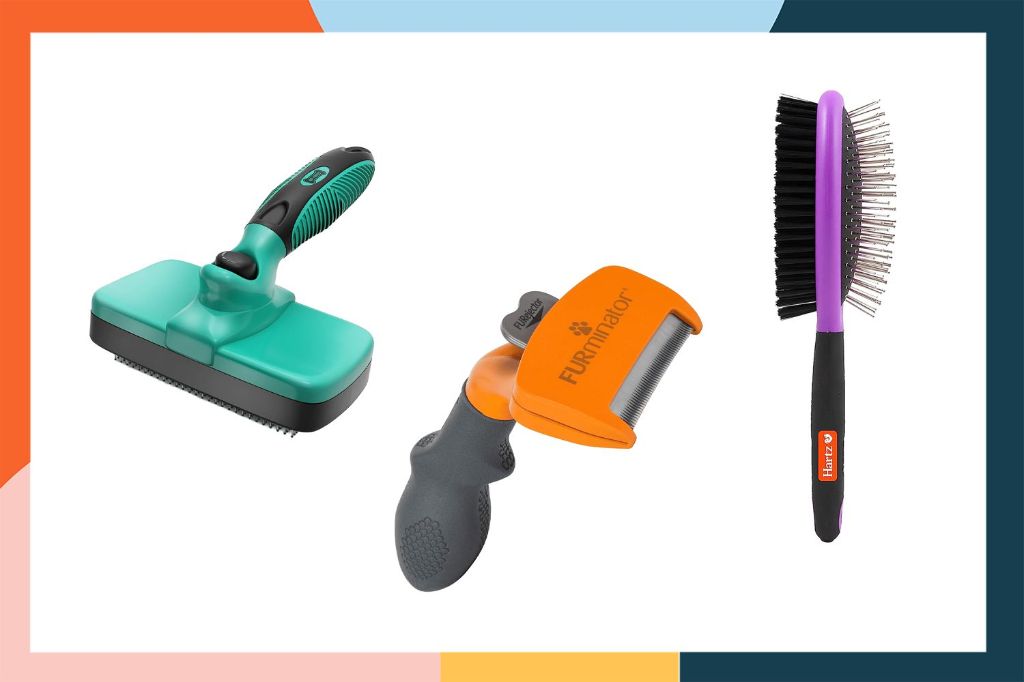
Slicker brushes have fine, wire bristles that are ideal for removing mats and loose hair from medium-to-long coats. The bristles penetrate the coat down to the skin.
Pin brushes like the Chris Christensen pin brush have longer, more flexible bristles to stimulate the skin and lift out loose hair without scratching. These are great for smoothing long coats.
Bristle brushes have softer, smoother bristles and are gentler for sensitive skin. They help distribute oils and remove dirt from short coats.
Wide-toothed combs help detangle long coats and prevent breakage. Fine-toothed combs remove knots and debris close to the skin.
Technique
Proper brushing technique is essential for effectively grooming your dog’s coat and keeping their skin and fur healthy. The technique you use will depend on your dog’s coat type.
For dogs with double coats like huskies or collies, you want to brush all the way down to the skin to remove loose undercoat hair. Using a slicker brush or undercoat rake, apply gentle but firm pressure against the lie of the hair growth. Always brush in the direction the hair grows to avoid irritation (Four Paws).
For short single coated breeds like boxers or pit bulls, use a bristle brush and brush following the direction of hair growth. Use light pressure and brush across the surface without pushing down to the skin. This will distribute oils, remove dirt, and give the coat a shiny look (Chewy).
No matter the coat type, be gentle around sensitive areas like the belly, armpits and behind the ears. Avoid brushing too harshly or quickly over these thinner-skinned regions.
Matted Fur
Mats in a dog’s fur can occur for many reasons, including lack of brushing, old age, health issues, or getting into sticky substances. Mats are uncomfortable for dogs and can pull on their skin, leading to irritation and even infection. Dealing with matted fur properly is important for your dog’s health and comfort.
Start by assessing if the mats can be gently worked out or if the fur will need to be cut out. For minor mats, try working in a dematting spray or coat conditioner to soften the area. Use your fingers or a mat splitter tool to gently tease apart and loosen the mat, brushing outwards from the skin. Take care not to pull on sensitive skin areas. For severely matted fur, it is often kindest to shave or cut the mats out. Use clippers with guards to protect the skin. Never attempt to rip out mats forcefully as this can harm the dog.
To prevent mats, commit to regular brushing suited to your dog’s coat type. Pay extra attention to friction areas like behind the ears, armpits, and legs. Keep the coat trimmed if your dog is susceptible to matting. Address any potential medical causes of matting with your veterinarian as well. With proper care and brushing, you can keep your dog’s coat healthy and mat-free.
For sources, I have cited:
According to Powder Hounds Grooming Salon, dematting sprays can be used to gently work mats free from the skin before brushing them out.
Shedding
All dogs shed to some degree, but some breeds shed year-round or “blow” their coats seasonally, which can mean excessive shedding. Regular brushing can help manage shedding and keep it under control.
Brushing helps remove loose hair so it doesn’t end up all over your home. It also stimulates the dog’s skin to promote new hair growth. The friction of brushing helps loosen old, dead hairs that are ready to shed. Brushing also distributes the dog’s natural oils over their coat for healthy skin and fur.
Aim to brush your dog at least 2-3 times per week, daily during heavier shedding seasons. Using a slicker brush, brush against the direction of hair growth to remove dead hairs. Follow with a bristle or pin brush in the direction of hair growth to smooth and distribute oils. Finish by rubbing the coat vigorously with a towel to catch remaining loose fur.
While shedding can’t be eliminated completely, regular brushing will significantly reduce the amount of stray dog hair in your home. It’s a great way to bond with your dog and keep their coat healthy.
Source: https://www.akcpetinsurance.com/blog/6-tips-to-control-dog-shedding
Long-Haired Breeds
Long-haired breeds like Sheepdogs, Collies, and Newfoundlands require daily brushing to prevent tangles and mats from forming (Source). Use a slicker brush and metal comb to get down to the skin and remove loose hair. Start at the head, brushing the hair in sections against the direction it grows in. Work slowly and patiently to brush out any knots or tangles. Pay extra attention to areas prone to matting like behind the ears, under the arms, and along the stomach and legs. For severely matted fur, never pull or cut it out, as that can hurt the dog. Instead, gently work at the mat with your fingers and brush over time to loosen it.
Short-Haired Breeds
Short-haired breeds like Boxers, Bulldogs, Beagles, and Pit Bulls need regular brushing too, even though their coats are not as high-maintenance as long-haired breeds. While mats and tangles are less likely, short fur can still trap dirt, dander and other debris next to the skin, leading to irritation.
Use a brush designed for short coats, like a rubber curry brush or soft slicker brush. Brush in the direction of hair growth with short strokes. A wet brush or damp cloth can help the bristles grab loose hair more easily.
Focus on areas where dirt gets trapped, like the paws, belly, folds of skin, and behind the ears. Brush against the direction of hair growth to lift debris and dander from the skin. Finish by smoothing the coat in the direction of hair growth.
Daily brushing helps distribute skin oils for a healthy coat. It’s also a great way to bond with your short-haired buddy!
Sensitive Areas
When brushing sensitive areas like the face, ears, belly, and paws, it’s important to be gentle and use caution. Go slowly and keep the brushing motions light. Use a soft-bristled brush made specifically for sensitive regions, like the FURminator Sensitive Areas Tool (1). Avoid pulling or tugging on the fur, which can be painful. Give your dog treats during the process so they associate brushing sensitive spots with something positive.
Pay close attention to your dog’s body language when brushing sensitive regions. If they flinch, yelp, or try to move away, ease up or stop momentarily. Never restrain or forcefully hold your dog in place. Take breaks to pet, praise, and reassure them. With patience and positive reinforcement, you can help your dog become more comfortable with having sensitive areas brushed.
Conclusion
To summarize, here are some of the key brushing tips to remember for all dog breeds:
- Brush your dog regularly according to their specific coat type – daily for long-haired breeds, 1-2 times per week for short haired.
- Invest in a good quality slicker brush and metal comb to gently detangle and remove loose hair.
- Always brush in the direction of hair growth and start from the top working downwards.
- Be very gentle around sensitive areas like the belly, behind the ears and legs.
- Watch for signs of matted fur like clumps or knots and deal with them early by carefully working them out.
- Increase brushing during shedding season to remove excess loose hair.
- Make it a pleasant experience with praise, treats and breaks as needed.
- Regular brushing promotes bonding, healthy skin, haircoat and overall wellbeing.
Following these best practices for brushing your dog’s coat will keep them looking and feeling their best.

